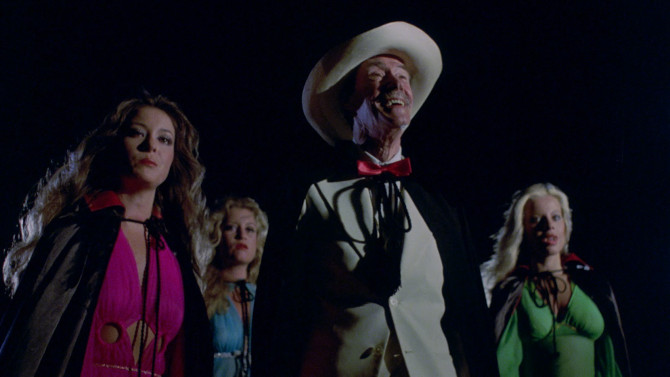
What Could Have Been: Vampire Hookers
Every once in a while, you stumble upon such a film travesty, you just can’t wrap your head around how it can be so. At the 51st Academy Awards – held in 1979, “Last Dance”, a ditty from Thank God It’s Friday won Best Original Song, while the twangy rock tune, “Well, They’re Vampire Hookers. . . and blood is not all they suck”, the theme song from the American/Filipino co-production Vampire Hookers (1978), somehow didn’t even get nominated – go figure. A quirky exploitation horror comedy directed by Cirio H. Santiago, the premise is not actually half bad: furlough enjoying Navy men Tom Buckley (Bruce Fairbairn) and Terry Wayne (Trey Wilson) are fresh off the boat, looking for some fun in this undisclosed Asian locale. . . only to soon discover that, after a night of partying, their commander, CPO Taylor (Lex Winter), who was being chauffeured around the city by graveyard shift working taxi driver Julio (Leo Martinez), has gone missing.
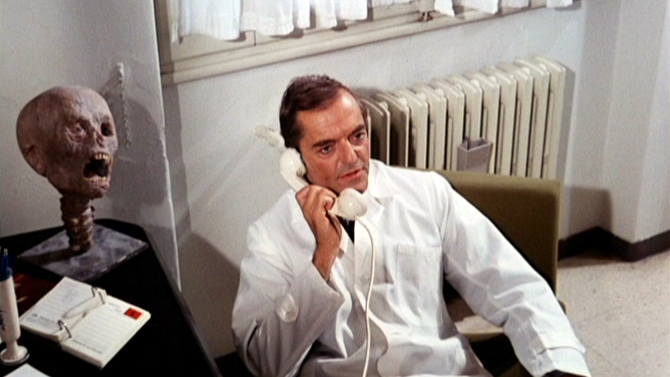
What Could Have Been: The French Sex Murders
If you’ve stumbled into the world of producer Dick Randall, then congratulations on being a part of a most bizarre level of film watching that most regular cinephiles will never reach. A fly by night producer (with a number of aliases – for example, Claudio Rainis in Italy) who knew how to talk the talk, he found money in the least expected places. . . in fact, it has long been rumoured that the reason he did not return to the United States was because he borrowed from the wrong people (some mobsters) when trying to get a couple Broadway plays up and running. A master (and I use that term lightly) of exploiting the most recent trend (think sexploitation, mondo, giallo, karate, even James Bond), this globetrotter jumped from one place to the next, spending some time in Italy, only to then make his way to the Philippines for another low budget project.
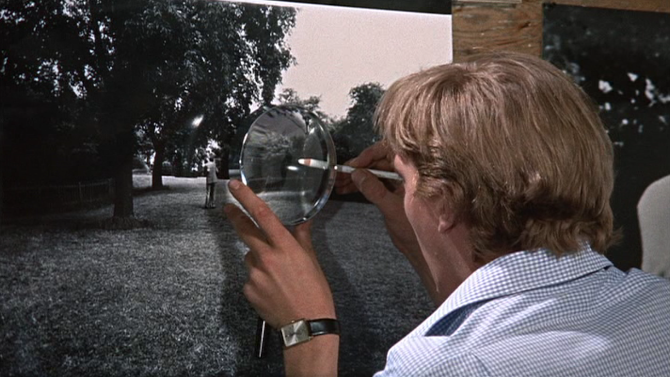
Just Out of Focus
One of the most iconic films showing off 1960s London (specifically 1966) is intriguingly written and shot by an Italian, Michelangelo Antonioni’s Blowup (which is sometimes hyphenated or has a space between the two words), an abstract vision of this most unique and swinging time. Seen through the eyes (or should I say camera – a sort of heightened reality) of famed photographer Thomas (David Hemmings), it is immediately noticeable that he is a walking juxtaposition. Both energetic and apathetic, he has more ups and downs than a roller coaster. Lacking passion or a proper plan, the story, like his unknown future aspirations, doesn’t follow a traditional plot pattern.
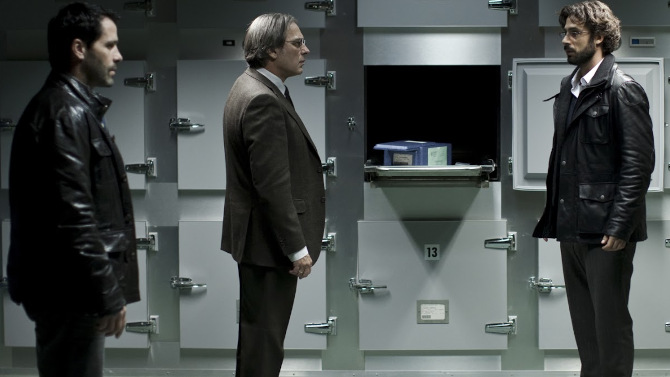
Morgue-Gauge
Sometimes a ‘From the Producers of’ label found during a trailer (or slapped across a DVD or Blu-Ray) can be a very misleading thing, yet, in this case, it is wholly justified. One of the most intense, dark, and intriguing groupings of mystery/thrillers (with horror elements) to come out over the past twenty years are three Spanish language films, all starring Belén Rueda. Starting with the most well known, 2007's The Orphanage, it was then followed by 2010's Julia’s Eyes, this Producers’ trilogy closing with 2012's The Body (reviewed here today. . . write-ups on the other two can also be found on Filmizon.com). Co-written and directed by Oriol Paulo, he sets his story (for the most part) in a most disturbing place – the morgue. On this dark stormy evening, we find the night guardsman fleeing the remote locale with a fear that can only be described as primordial (akin to seeing a ghost). . . he is soon after struck by a car (leaving him in a coma).
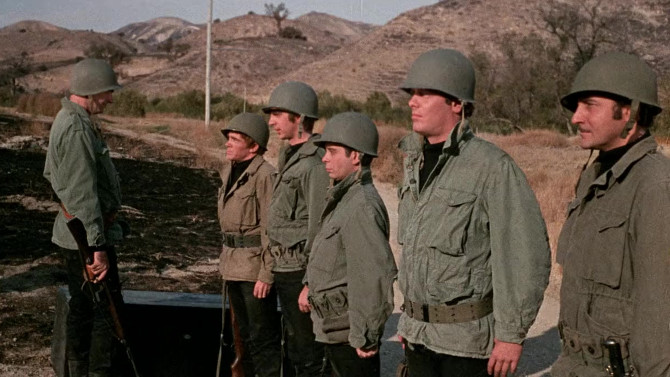
What Could Have Been: The Cut-Throats
A film that can only be described as perfect weekend viewing for the great Quentin Tarantino, 1971's The Cut-Throats, written and directed by John Hayes, checks off all of the boxes. Featuring a bizarre western-infused introduction that has nothing to do with the rest of the flick (Django Unchained), a World War 2 set narrative (Inglourious Basterds), Nazisploitation (both Inglourious Basterds and Once Upon a Time. . . In Hollywood), a mostly confined setting (The Hateful Eight), a sword decapitation (the Kill Bill franchise), and quite a bit of foot fetish (the entire Quentin Tarantino filmography), hopefully you can really see what I’m talking about here.
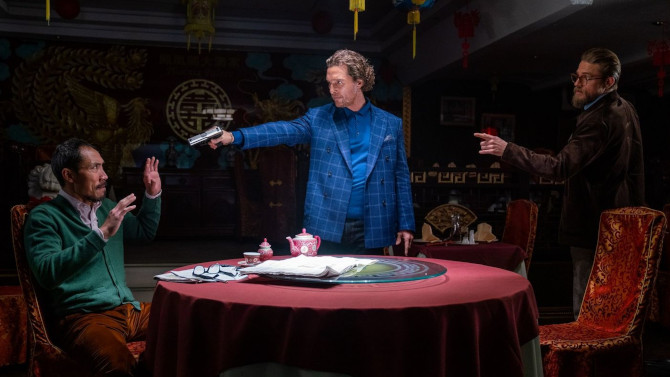
Ritchie Rich
A return to his roots after more than a decade making big budget studio pictures, Guy Ritchie’s The Gentlemen (2019), recaptures that unique mixture of crime and comedy (all done in a hyper-stylized visual way) that put him on the map back in 1998 with Lock, Stock and Two Smoking Barrels (the successful follow up Snatch would come in 2000). If you don’t like Ritchie’s visual style and Limey-centred crime stories, then this likely won’t win you over, but if you’ve missed his unique method of film making since his last gangster flick (2008's RocknRolla), this one should feel as comfortable as a finely made bespoke suit.
